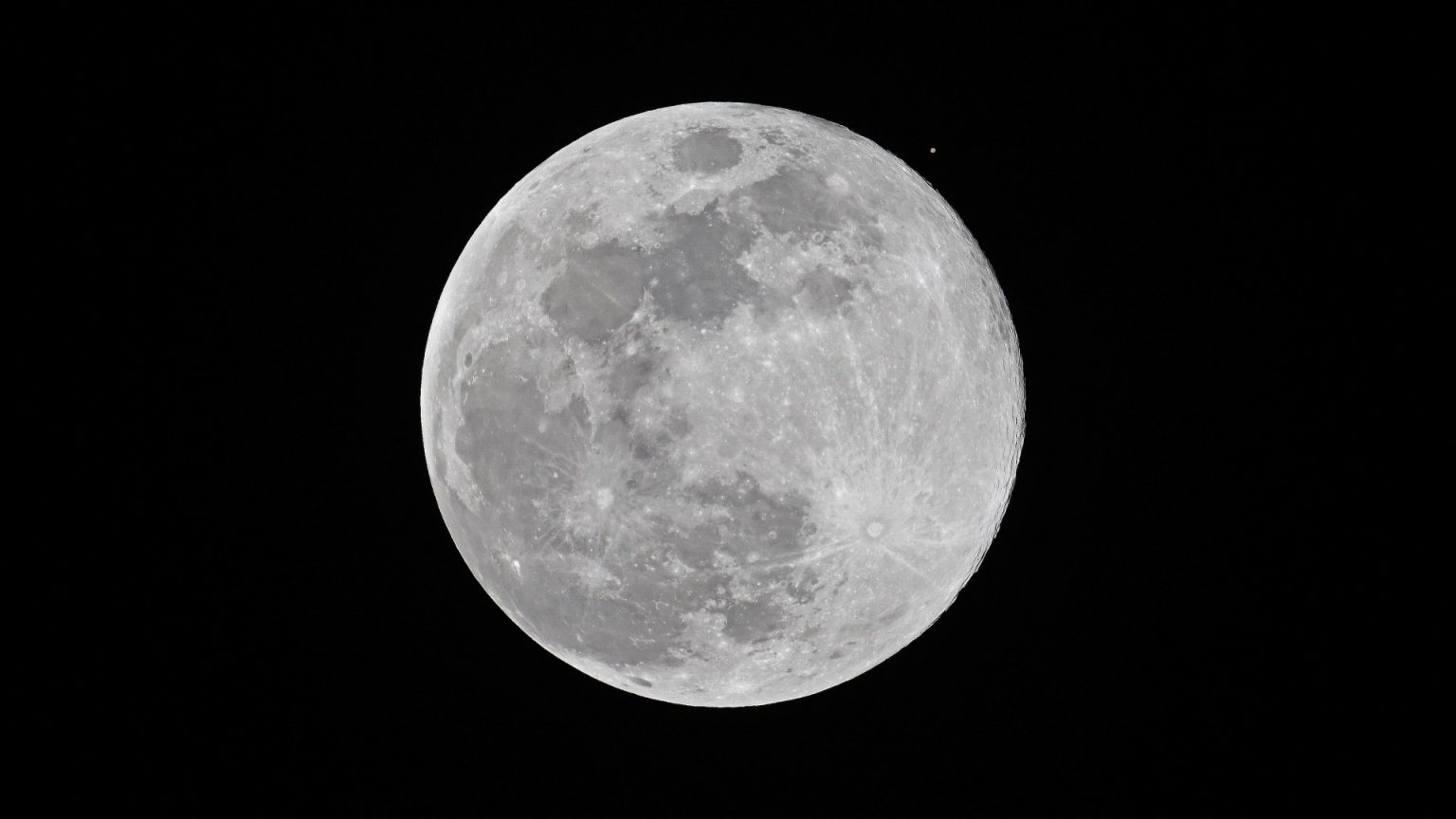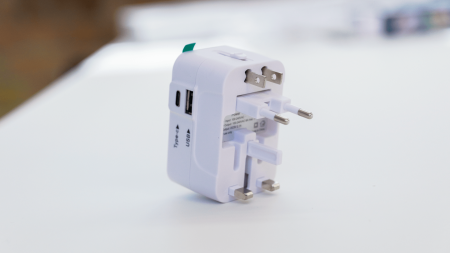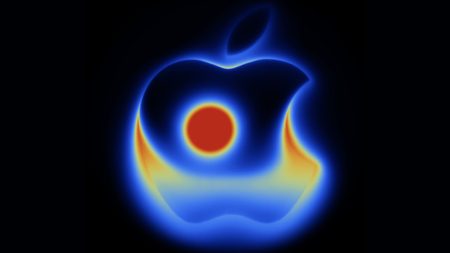The prevailing scientific theory regarding the Moon’s origin, known as the Giant-impact hypothesis, posits that a Mars-sized celestial body named Theia collided with the early Earth approximately 4.5 billion years ago. This cataclysmic impact ejected a vast amount of debris into Earth’s orbit, which eventually coalesced under gravitational forces to form the Moon. This theory explained certain aspects of the Moon’s composition, but also presented some inconsistencies, particularly regarding the isotopic similarities between Earth and lunar rocks. Recent research from the University of Göttingen, Germany, challenges this long-held belief, suggesting that the Moon is primarily composed of material originating from Earth’s mantle, the layer beneath the crust. This new perspective arises from a comparative analysis of rock samples from both Earth and the Moon, revealing a striking similarity in composition that suggests a shared origin.
The traditional Giant-impact hypothesis suggests that the Moon is a mixture of material from both the Earth and Theia. However, the remarkable similarity between the isotopic compositions of Earth and lunar rocks has puzzled scientists for years. This similarity is difficult to reconcile with the idea that Theia contributed a significant portion of the Moon’s mass. The new research proposes an alternative scenario: Theia, having already lost its rocky mantle in prior cosmic collisions, struck the early Earth as a predominantly metallic core. This impact ejected vast quantities of Earth’s mantle material into orbit, which subsequently accreted to form the Moon. This scenario explains the compositional similarity between Earth and the Moon while accounting for the lack of a significant Theian signature in lunar samples. If this hypothesis is correct, Theia’s metallic core would have likely merged with Earth’s core, leaving little trace of its presence in the Moon’s composition.
The implications of this new theory extend beyond the Moon’s formation. The Giant-impact hypothesis has been linked to theories about the origin of water on Earth, with some suggesting that water was delivered to Earth by icy asteroids or comets after the Moon’s formation. However, if the Moon was formed primarily from Earth’s mantle, it’s possible that water was already present on Earth before the impact. This scenario aligns with recent studies suggesting that Earth’s water may be older than the Moon itself. The Earth’s mantle contains a significant amount of water, locked within the crystal structure of minerals. The intense heat generated during the impact could have released this water into the forming Moon, explaining the presence of water ice in permanently shadowed craters near the lunar poles.
The research team from the University of Göttingen meticulously compared the isotopic signatures of oxygen in rock samples from both Earth and the Moon. Isotopes are variations of an element that have the same number of protons but different numbers of neutrons. The ratios of these isotopes act like fingerprints, allowing scientists to trace the origins of different materials. The study found a remarkable similarity in the oxygen isotope ratios between Earth and lunar rocks, suggesting a common origin. This finding strongly supports the hypothesis that the Moon primarily formed from material ejected from Earth’s mantle.
Furthermore, the “metallic cannonball” scenario offers a plausible explanation for the lack of Theia’s signature in lunar rocks. If Theia had indeed lost its rocky mantle in previous collisions, its impact on Earth would have primarily involved the interaction of its metallic core with Earth’s mantle. This explains why lunar samples bear such a strong resemblance to Earth’s mantle and show little evidence of Theia’s contribution. This model resolves some of the long-standing discrepancies between the Giant-impact hypothesis and the observed compositional similarities between Earth and the Moon.
While this new research provides compelling evidence for a revised understanding of the Moon’s formation, further investigation is required to solidify this theory. Scientists are continually analyzing new lunar samples and conducting sophisticated computer simulations to refine models of the impact and its aftermath. Future lunar missions, particularly those focused on collecting samples from the deep lunar mantle, will provide crucial data to further test this hypothesis and potentially unravel the remaining mysteries surrounding the Moon’s origin and its profound connection to Earth. The continuing exploration of the Moon promises to yield invaluable insights into the early history of our solar system and the dynamic processes that shaped the planets we know today.











